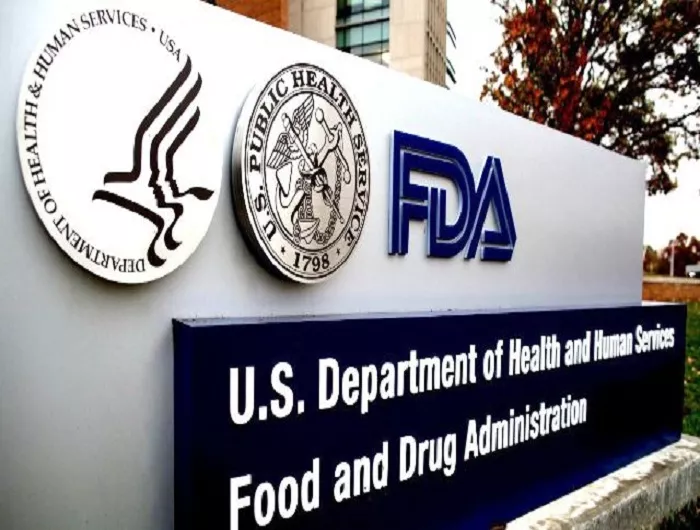Advocates and researchers call on FDA to strengthen and finalize front-of-package nutrition labeling

FDA.
Labels would highlight levels of added sugars, sodium, and saturated fat in packaged foods
Today, a coalition of 28 prominent consumer, public health, and nutrition groups and 12 academic researchers submitted joint comments on the U.S. Food and Drug Administration’s front-of-package nutrition labeling proposal.
In January 2025, FDA under the Biden administration issued a proposed rule that would mandate front-of-package labels highlighting if a product is “high,” “med,” or “low” in added sugars, sodium, and saturated fat on foods marketed for adults and kids aged 4 years and older. The Trump administration can now carry this policy forward by issuing a final rule. Trump’s FDA has not yet released its regulatory agenda, but agency officials have recently stated that front-of-package nutrition labeling remains a priority.
The comments from CSPI and other organizations express support for FDA’s proposal to adopt a mandatory, interpretive front-of-package nutrition labeling system highlighting these three nutrients of concern. The groups support the overall proposal, but identify ways that it could be strengthened. They encourage FDA, when finalizing the rule, to adopt an even more streamlined approach to clearly highlight when products are high in added sugars, sodium, or saturated fat using simpler labels designed to draw attention, for example by including an exclamation mark icon.
The groups also call for FDA’s front-of-package labeling policy to include disclosures on the front of products containing non-nutritive sweeteners that explicitly state that these calorie-free additives used to impart sweetness to foods are not recommended for children. Requiring prominent disclosures for these sweeteners would be an important step to discourage industry reformulation with these food additives, which were not addressed in the initial Biden-era proposal.
The comments also called for FDA’s front-of-package labeling policy to apply to foods marketed for infants and toddlers, and for it to be accompanied by a robust consumer education campaign.
CSPI also submitted separate comments further detailing recommendations to strengthen FDA’s proposed rule.
The proposal is expected to face strong pushback from the food and beverage industry, who have pushed for a weaker system of voluntary “Facts Up Front” labels. These labels, which are already found on food packages, do not help consumers interpret if a product is high in a nutrient. Scientific evidence shows that “High In”-style front-of-package labeling can lead to healthier consumer purchases, incentivize companies to produce healthier products, and prevent deaths from diet-related disease. Conversely, research shows the industry’s preferred labeling system has no effect on consumer behavior.
“We’ve heard a lot of talk from this administration about the problem of the ultra-processed American diet,” said CSPI senior policy scientist Eva Greenthal. “It’s time to act on evidence-based solutions, and front-of-package labeling is one of the most impactful approaches we have to address overconsumption of harmful ultra-processed foods and improve our nation’s health.”
FDA’s Proposed Front-of-Package Label
Front-of-Package Label Design Preferred by Nutrition Advocates
# # #
Contact Info: Lisa Flores, 202-777-8368 or Jeff Cronin, 202-777-8370

